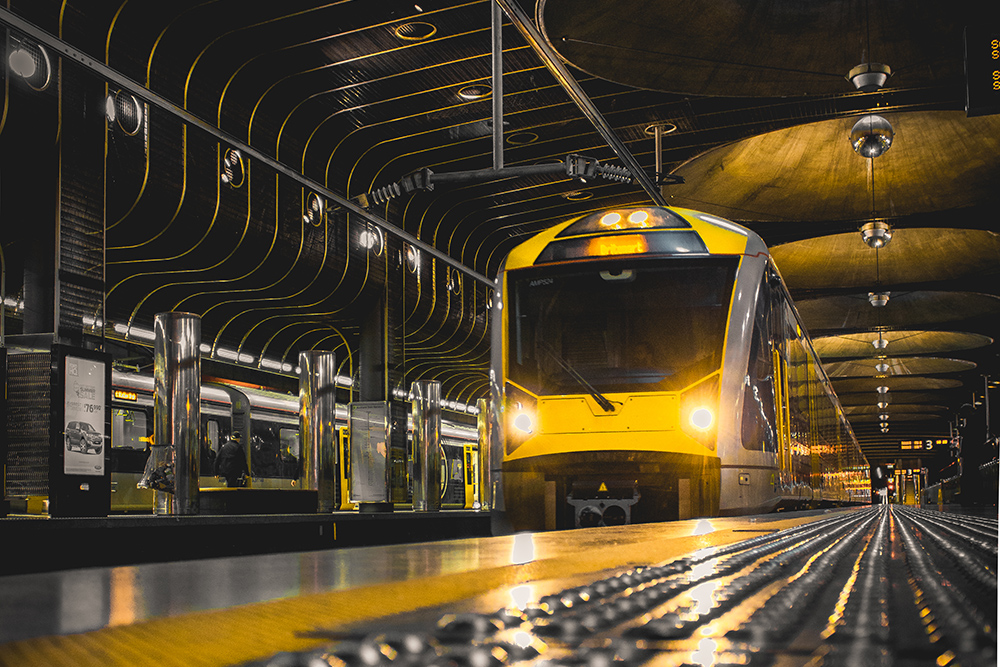New Zealand’s rail safety regulator, Waka Kotahi, is taking strides to improve the country’s rail safety performance, in light of growing environmental pressures on the track and overhead infrastructure.
Excessive heat, flood damage, and decreased soil stability following storm erosion – all exacerbated by global warming – have been linked to track failures; while wind and freezing are known to damage overhead lines.
Kane Patena, Director of Land Transport at Waka Kotahi, says the increased likelihood of extreme weather, along with previous rail incident statistics, warrants a rethink of how safety protocols are carried out.
Currently, around 500 near misses are recorded on the New Zealand rail network annually and, in the past decade, 163 people have died from rail incidents.
“With the heightened threat of infrastructure damage from extreme weather, improving rail safety is set to become a more complex task in the years ahead. With that in mind, we wanted to take a more proactive approach,” said Mr Patena ahead of the ARA New Zealand Rail Conference.
This proactivity is evident in three new measures the organisation has introduced as part of its safety reform.
Improved investigations framework
Historically, rail investigations have been primarily incident focussed. Today, Waka Kotahi, explores the broader, systemic factors that may have contributed to an incident or near miss.
“It’s not just about apportioning blame to an individual or organisation, but rather, identifying the systemic risk factors. Unless there are active attempts to identify these, they may go unnoticed, keeping passengers, staff and the general public at risk,” Mr Patena said.
In the context of climate change, Waka Kotahi now explores factors such as soil erosion with every investigation involving a track failure.
“Even if there are other, more obvious factors at play, we will keep digging until we have found all possible contributory causes of an incident so that we can identify risk factors for future incidents.”
Improved risk model
This approach has also been applied to Waka Kotahi’s updated risk assessment model “R3F”.
Building on its existing focus on licensing requirements, the organisation is gearing-up to explore risks throughout the entire ecosystem of operating staff, including subcontractors who are not required to hold licenses.
“We want to have a good understanding of all the categories of people who work on the network,” Mr Patena said.
“By looking at all participants we can explore various touch points of risk and use this to inform safety protocol.
“This approach is already transforming how we carry out assessments – they will be much less compliance-focussed and have a greater emphasis on risk.”
The R3F model is in the final stages of validation through pilot assessments evaluation of industry feedback.
Improved structure for rail safety governance
In tackling issues as large as climate change, Mr Patena believes uniting senior leaders from across the rail sector is key.
As part of its new governance framework, Waka Kotahi has developed a senior rail system leadership board, comprised of major national operators. It also participates in industry forums to elevate big safety conversations across the ecosystem.
“The board is focussed on how we can embed a culture of safety so that the system is effective and productive. Rather than looking at transactional difficulties, we explore emerging or systemic issues,” Mr Patena said.
“I see this as really important. Recently in New Zealand, we have seen heavy rain, a large numbers of slips, and an increased risk of derailment. Collaborating with industry partners on the big issues like climate change and resilience allows us to make meaningful change and ensure the system is well placed to deal with emerging safety issues like this.”
Hear more about the reforms Waka Kotahi has introduced to improve rail safety at the ARA New Zealand Rail Conference. This year’s event will take place 10 – 11 October at The Hilton Auckland. Learn more and register your place here.
